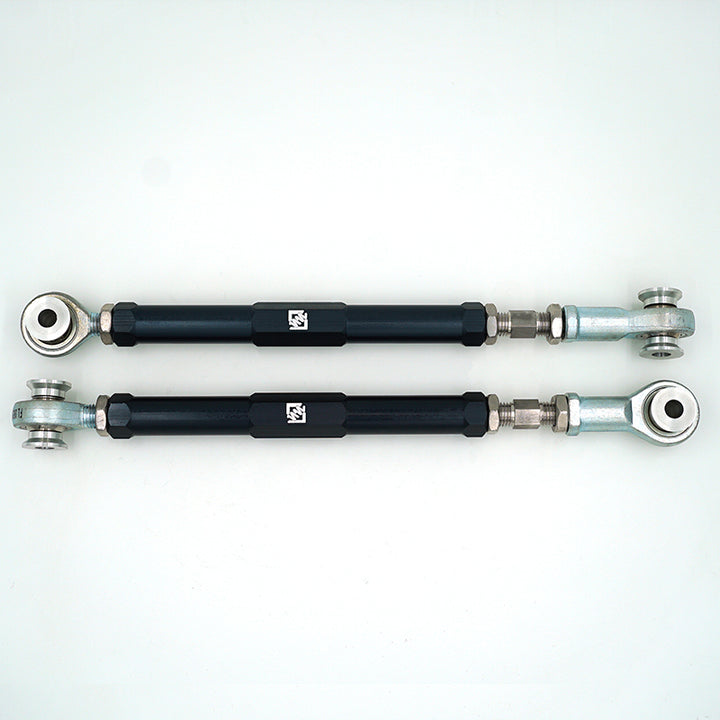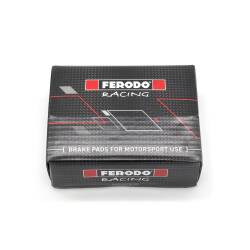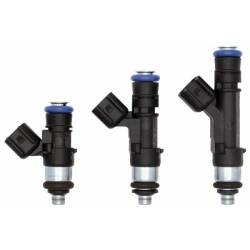Description
Experience improved traction and cornering stability with our Suspension Secrets F87 BMW M2 / M2 Competition Adjustable Rear Toe Arms.
When increasing the rear camber on your F87 M2 / M2 Competition, it becomes impossible to achieve toe-in. A lack of toe-in will create huge instability when cornering and accelerating, making your F87 M2 / M2 Competition very difficult to drive.
This means you must compromise by setting less negative camber, which results in less cornering grip in order to achieve toe-in.
To solve this issue, we created our Suspension Secrets F87 BMW M2 / M2 Competition Adjustable Rear Toe Arms which feature a far greater range of adjustment. This greater range of adjustment means you can have the benefits of increased rear camber AND toe-in.
The main benefits of our Suspension Secrets F87 BMW M2 / M2 Competition Adjustable Rear Toe Arms are:
- Improved rear axle stability when cornering
- Increased traction when accelerating
- Full control over rear axle toe settings
- Easy to adjust with a 17mm spanner
- Increased responsiveness during acceleration
Suspension Secrets’ products are designed and manufactured in the UK. Our products are made from billet aircraft-grade 6082 T6 aluminium and corrosion-resistant 316 stainless steel. We use motorsport-spec Fluro bearings for maximum performance and longevity.
Â
Toe
Toe is the angle between each wheel with relation to the longitudinal axis of the vehicle. The animation below illustrates to toe-in, toe-out and zero toe.

Zero toe does not improve handling or feedback, nor does it create slip angle – all of which are desirable in performance driving – and as a result either toe-in or toe-out are more commonly chosen depending on use.



-250x250.jpg)
